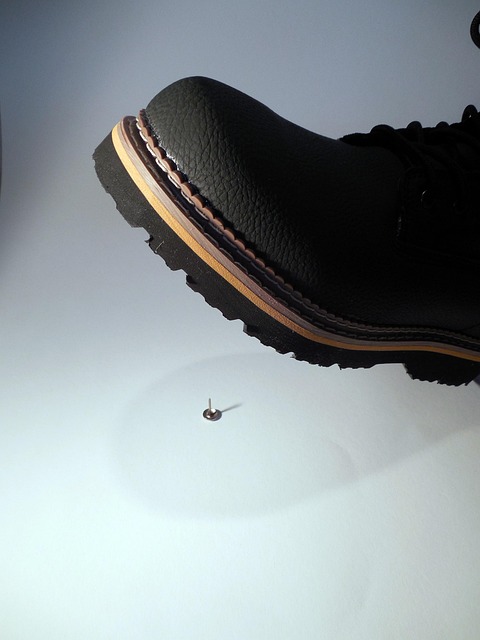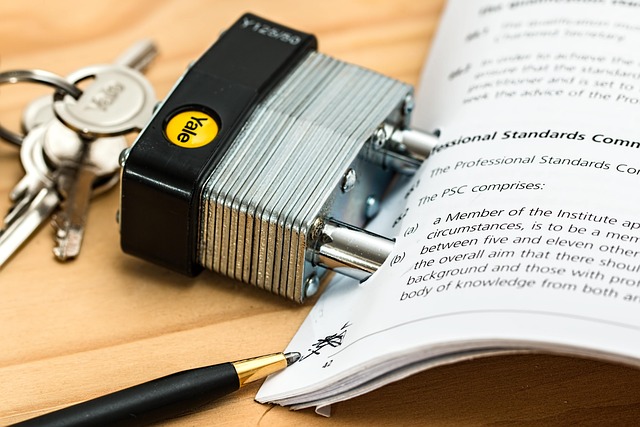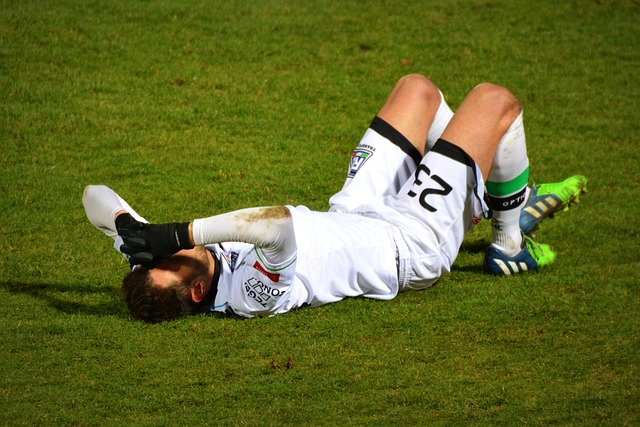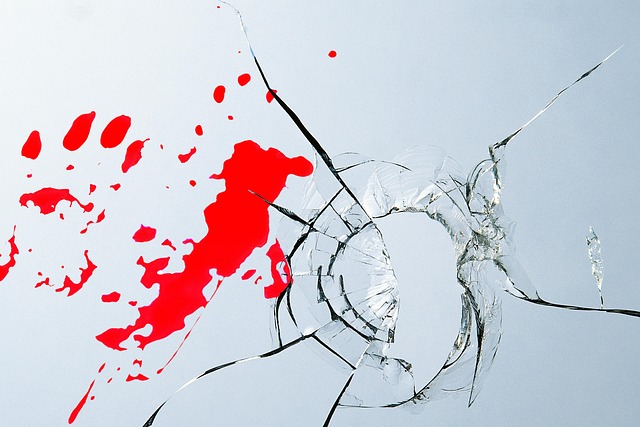Product liability claims are crucial for consumer protection against defective electronics, holding manufacturers accountable for harm caused by failures resulting from manufacturing defects, design flaws, environmental factors, or software glitches. Consumers should document evidence, consult a specialized lawyer, and understand that successful claims hinge on established liability and damages.
In today’s tech-driven world, consumer electronics are integral to our daily lives. However, these devices aren’t immune to failure, leading to potential product liability claims. If your electronic device malfunctions, causing harm or loss, understanding your rights under a product liability claim is crucial. This article breaks down the process, exploring common causes of consumer electronics failures and guiding you through the legal steps to file a successful claim.
- Understanding Product Liability Claims
- Common Causes of Consumer Electronics Failures
- The Legal Process and Necessary Steps for Filing a Claim
Understanding Product Liability Claims

Product liability claims are a crucial aspect of consumer protection, especially when it comes to modern-day technological advancements. These legal actions are designed to hold manufacturers, distributors, and sellers accountable for any harm or loss caused by defective products, including those within the realm of consumer electronics. When a product fails, resulting in injury or property damage, affected consumers have the right to seek justice and compensation.
In the context of fiduciary duty breaches, these claims become particularly significant. An accident lawyer specializing in product liability can assist individuals who have suffered due to a company’s negligence or intentional misconduct. A breach of fiduciary duty may occur when manufacturers prioritize profit over consumer safety, leading to the sale of flawed devices. Such actions can result in severe consequences, making it imperative for consumers to be aware of their rights and seek legal counsel when necessary.
Common Causes of Consumer Electronics Failures

Consumer Electronics Failures can arise from a variety of causes, each with its own implications for a potential product liability claim. One common issue is manufacturing defects, where the product itself has inherent flaws that cause it to malfunction sooner than expected. This could involve components that are not properly assembled or materials that degrade over time. Another significant factor is design flaws—shortcomings in the blueprint of the product that make it more susceptible to failure. These issues can lead to hazardous situations, especially if the electronics are used extensively, as is often the case with consumer technology.
Additionally, environmental factors play a role; exposure to extreme temperatures, humidity, or physical impacts can accelerate the aging process of electronic components. Moreover, software glitches and compatibility issues can cause sudden malfunctions, particularly in devices that rely heavily on digital operations. Unlike medical malpractice or injury compensation claims, product liability cases for consumer electronics focus on the failure of the product itself rather than negligence in its use, making understanding these root causes crucial for both manufacturers and consumers alike to prevent future incidents.
The Legal Process and Necessary Steps for Filing a Claim

When pursuing a product liability claim involving consumer electronics failures, understanding the legal process is paramount. The journey begins by gathering all relevant information regarding the defective product and the circumstances surrounding its failure. This includes documenting dates of purchase, any prior issues, and the exact nature of the malfunction. Moreover, it’s crucial to examine the product for potential design flaws or manufacturing defects that could be attributed to the incident.
Next, individuals considering a claim should consult with a qualified personal injury lawyer who specializes in product liability cases. Legal counsel will review the facts, help assess the strength of your case, and guide you through the necessary steps. This process typically involves filing a formal claim with the appropriate authority, providing detailed descriptions and supporting evidence. Upon receipt, the claim will be evaluated, leading to potential negotiations or, if warranted, litigation to secure accident settlements based on established liability and damages.
When consumer electronics fail, it can result in significant financial loss and inconvenience for users. If such failures are due to manufacturer negligence or defects, individuals may be entitled to compensation through a product liability claim. Understanding the legal process and common causes of these failures is essential when navigating this intricate area of law. By following the necessary steps outlined in this article, consumers can take proactive measures and protect their rights regarding product liability claims involving consumer electronics.






